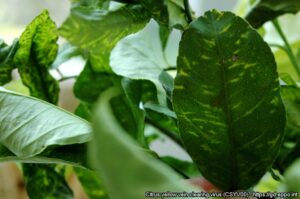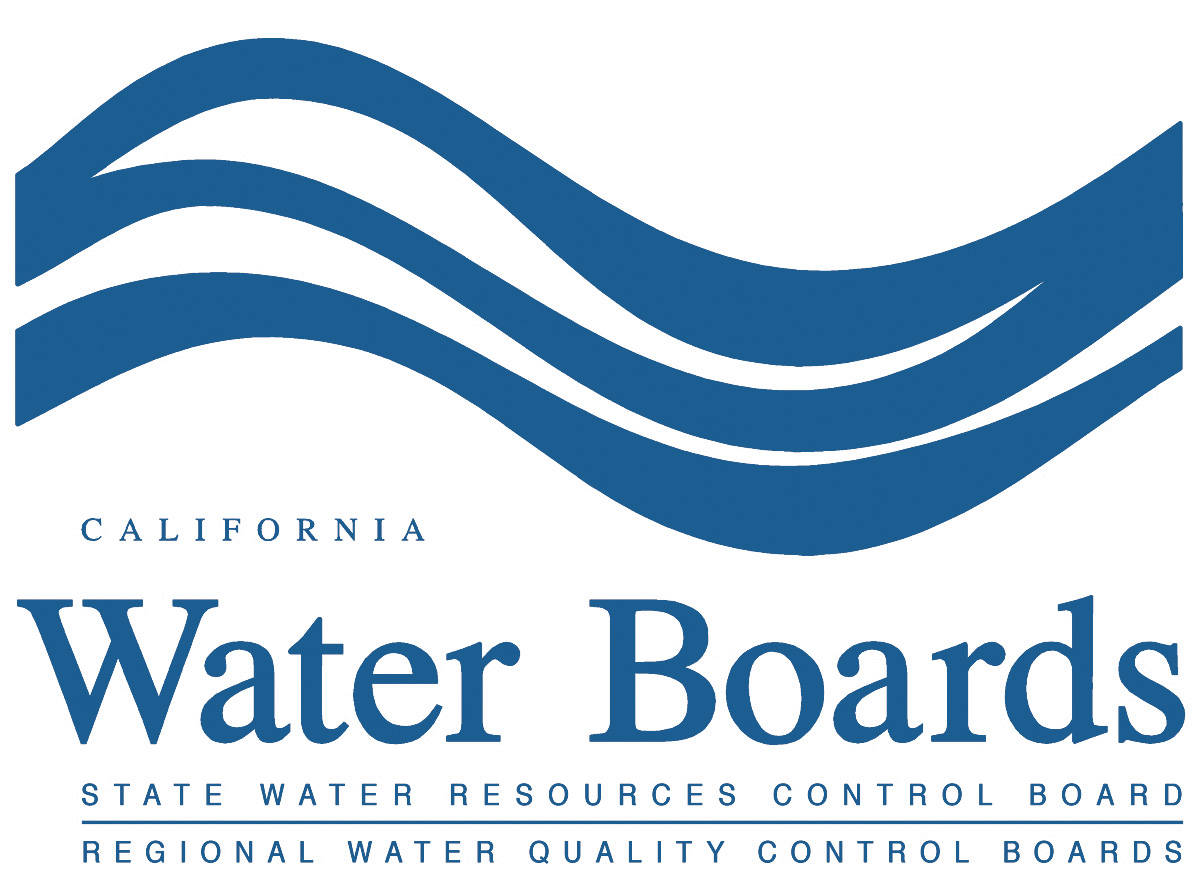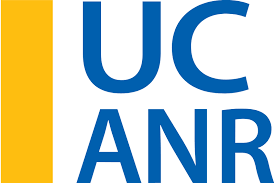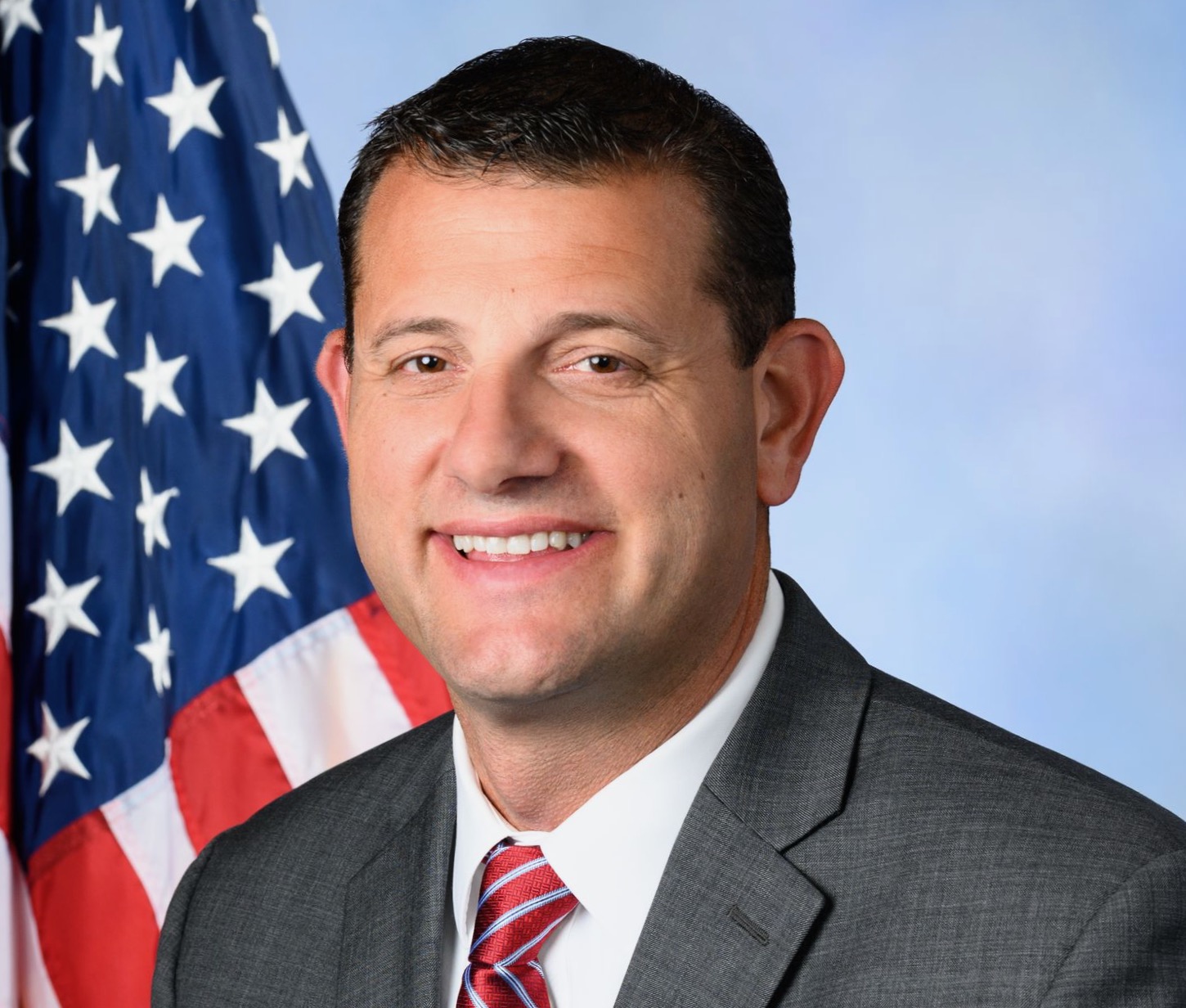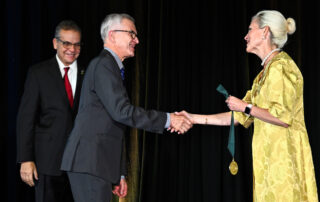Confirmation of New Citrus Virus in California
By Citrus Insider
The U.S. Department of Agriculture’s Animal and Plant Health Inspection Service (APHIS) has confirmed positive identifications of Citrus yellow vein clearing virus (CYVCV) in the city of Tulare detected during California Department of Food and Agriculture’s (CDFA) routine multi-pest survey. This is the first detection of CYVCV in the United States. CDFA is surveying for the disease in Tulare County residential and commercial properties and will survey in Fresno and Kings counties in the coming months to fully determine the extent of the disease’s presence (which is currently limited to the city of Tulare). The survey results will inform the regulatory approach taken by CDFA and APHIS.
CDFA began initial delimitation survey work in March in a 1-mile core radius area around the initial find site. Since then, CDFA has conducted additional surveys in the surrounding areas, which have resulted in additional CYVCV confirmations in the city of Tulare, expanding the survey area. CDFA is conducting these surveys to gain knowledge on the extent of the infestation and potential impacts of CYVCV, and surveys will be ongoing for the near future. Since the detection of this virus is new to the United States, these learnings – CDFA’s robust pest prevention system that focuses on exclusion and monitoring, as well as CDFA and USDA’s experience responding to other vectored disease threats – will be critical in developing an appropriate regulatory response.
CYVCV can be spread by vectors as they move from tree to tree feeding on foliage. The vectors include citrus whitefly, green citrus aphid, melon or cotton aphid, and cowpea aphid, which are all known to be present in California. CYVCV can also be spread through grafting and the movement of infected propagative materials and rootstocks, or contaminated tools and equipment. While there is no treatment for CYVCV, as of now the best mitigation measure is to control the vector and sanitize tools and equipment. To the greatest extent possible, growers are encouraged to urge their field crews to clean and sanitize all their equipment thoroughly in between jobs or when moving between groves.
For any questions about CYVCV, please call the CDFA Pest Hotline at 1-800-491-1899 or contact your local Grower Liaison.


